PostgreSQL Connection Pooling: Part 4 – PgBouncer vs. Pgpool-II
Scalegrid
JULY 29, 2020
In our final post, we will put them head-to-head in a detailed feature comparison and compare the results of PgBouncer vs. Pgpool-II performance for your PostgreSQL hosting ! PgBouncer provides a virtual database that reports various useful statistics. Performance Testing. Throughput Benchmark. Part 2 – PgBouncer.



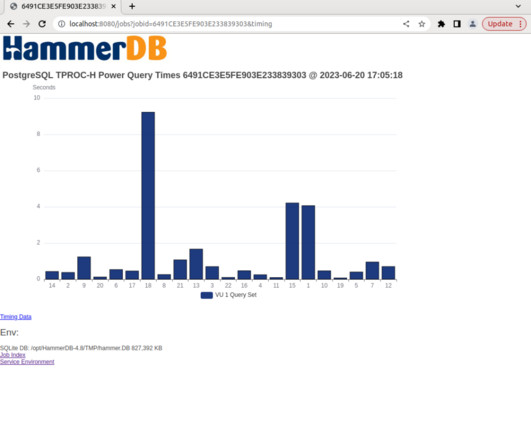

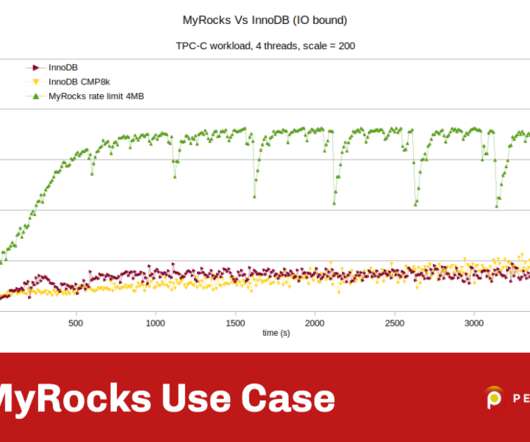
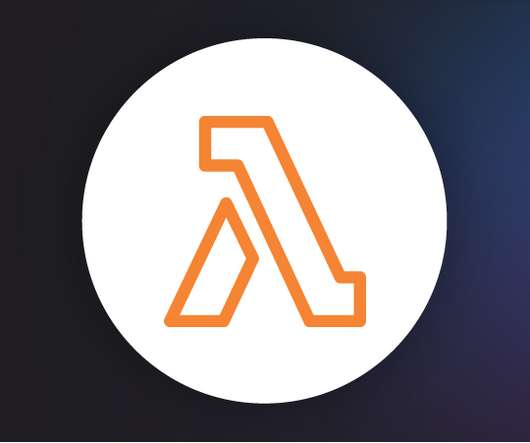

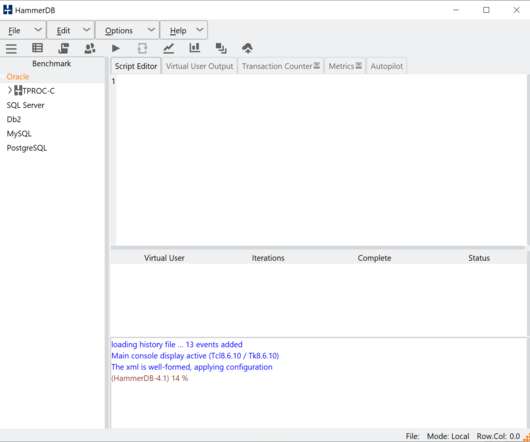






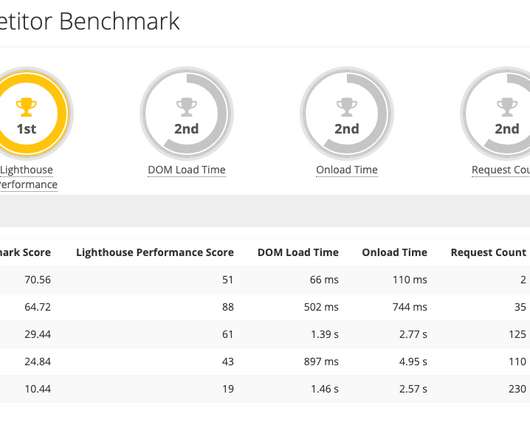












Let's personalize your content